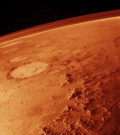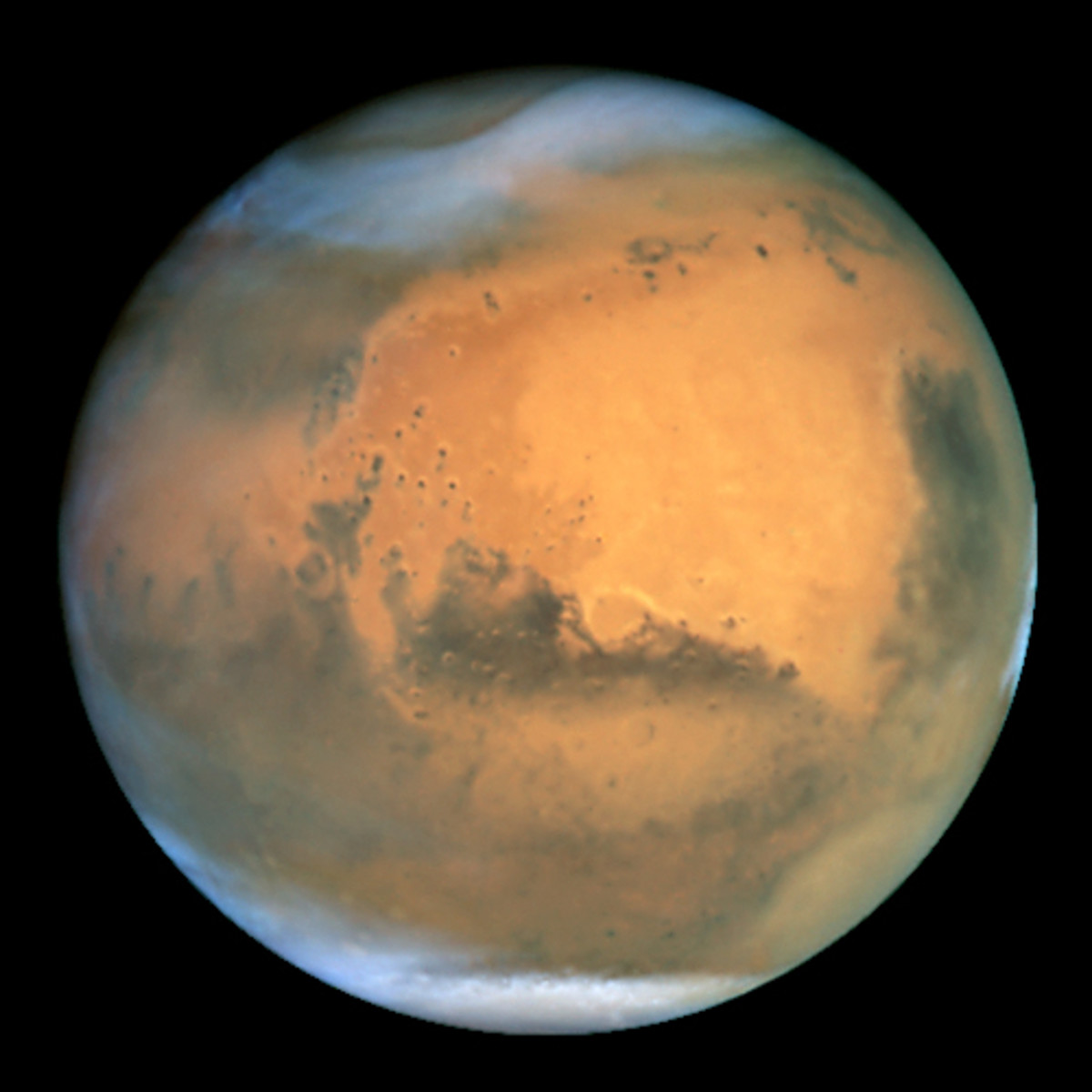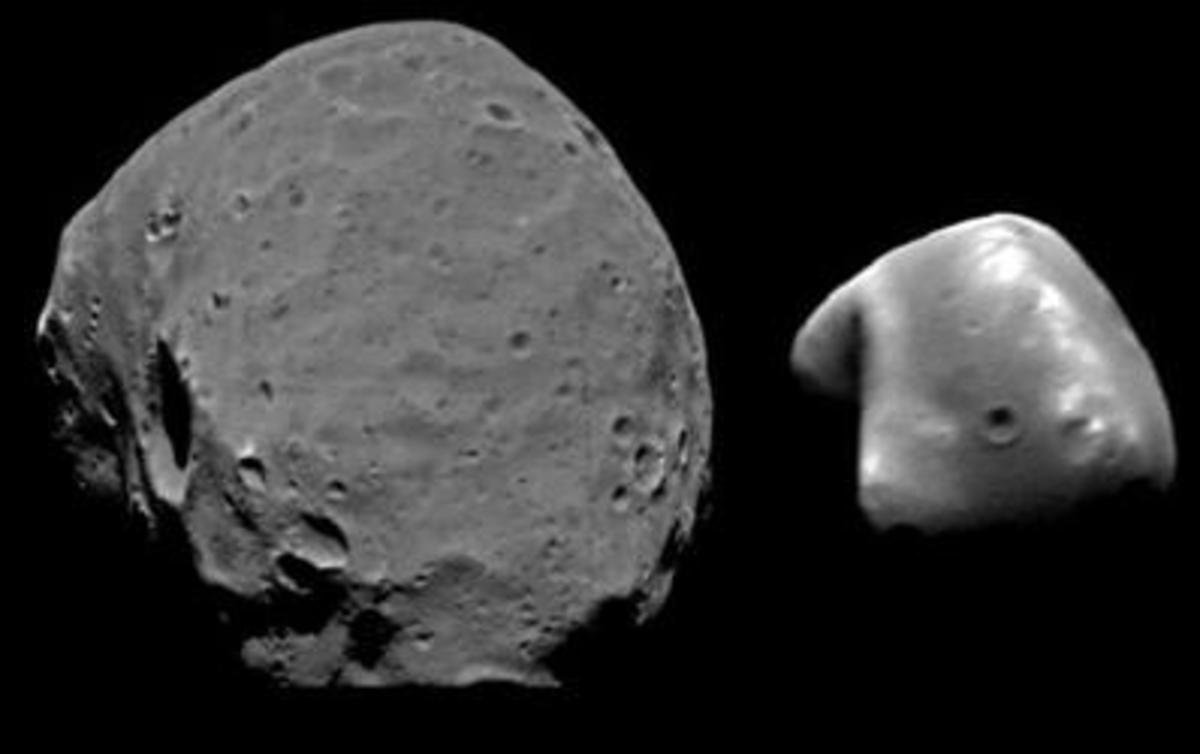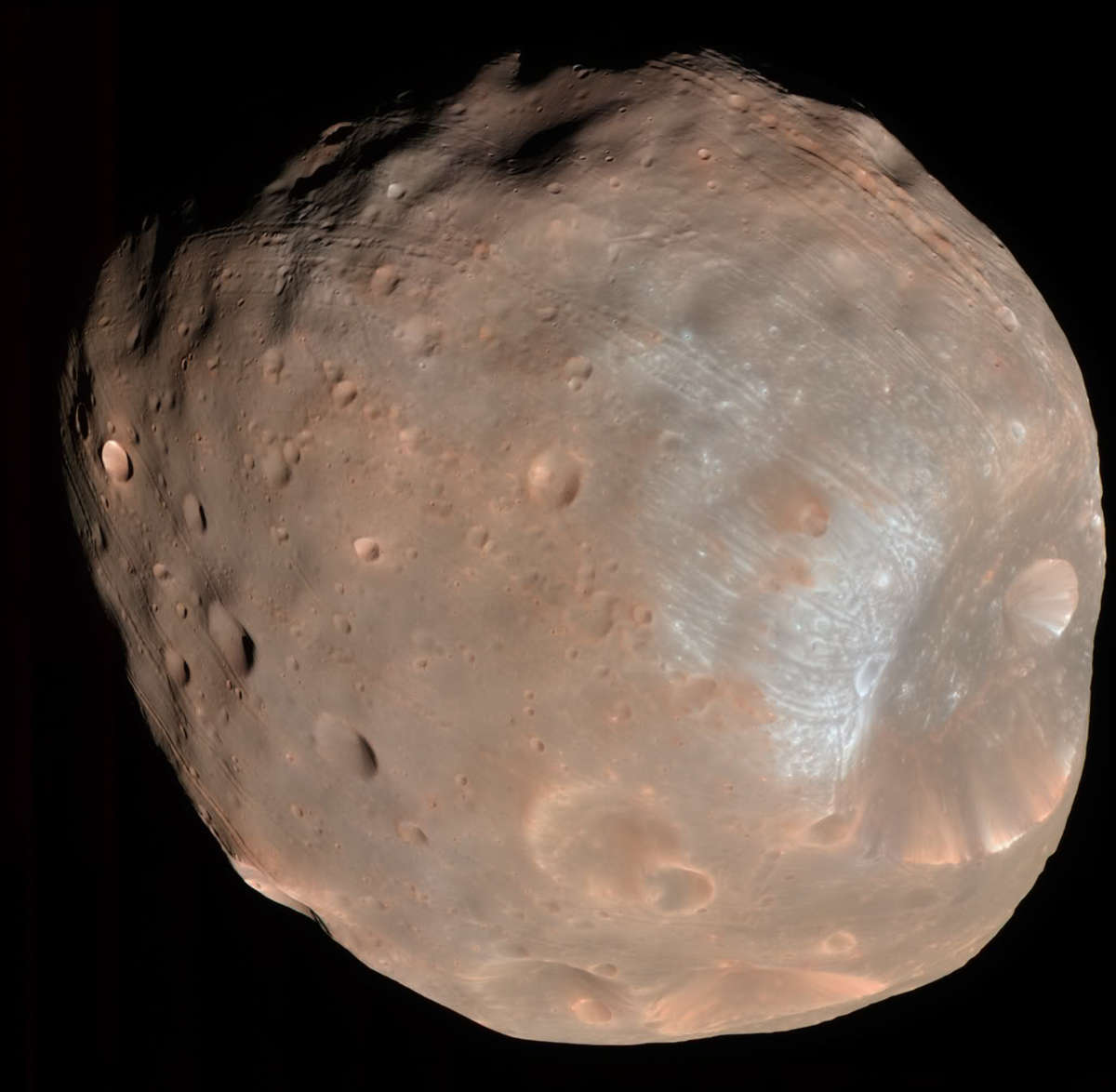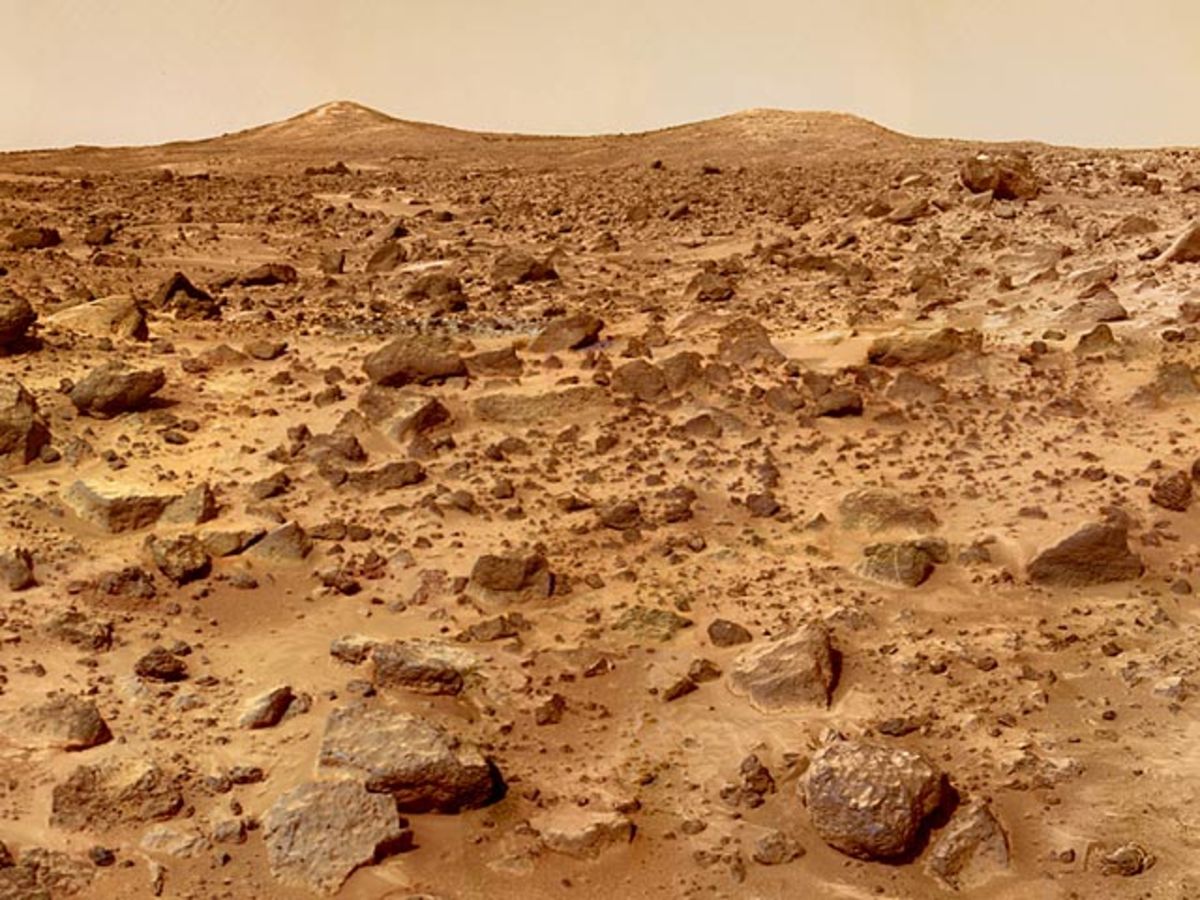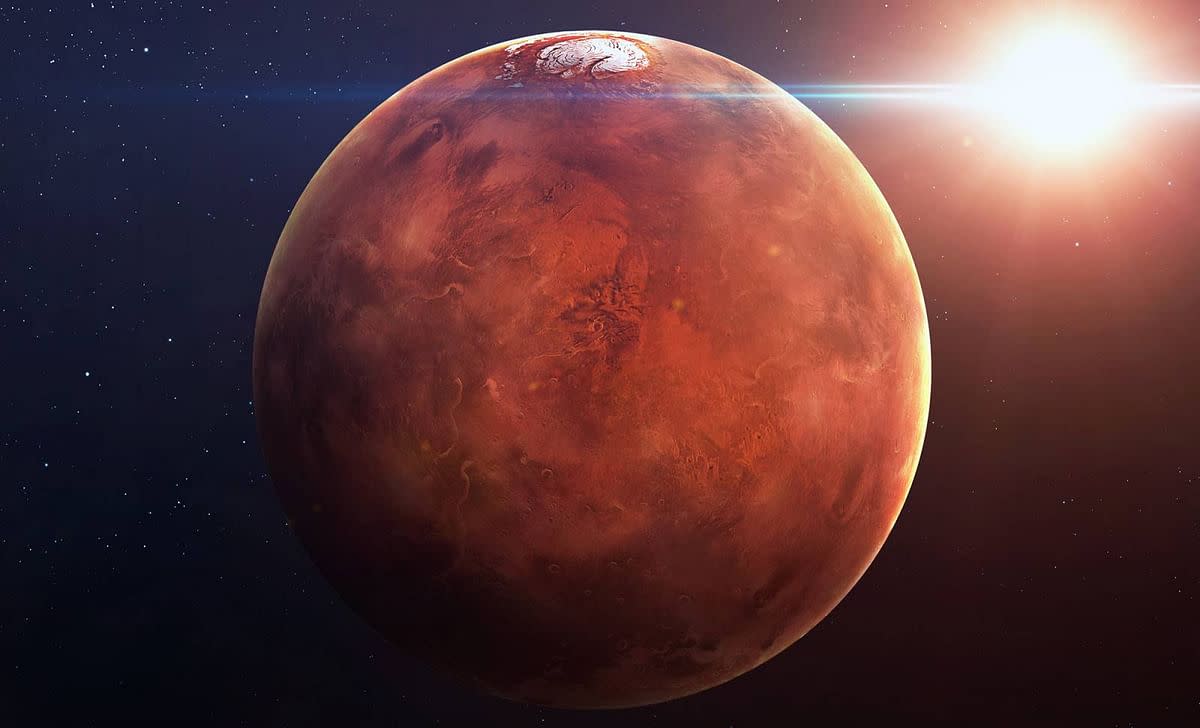Dangers of Human Space Travel to Mars
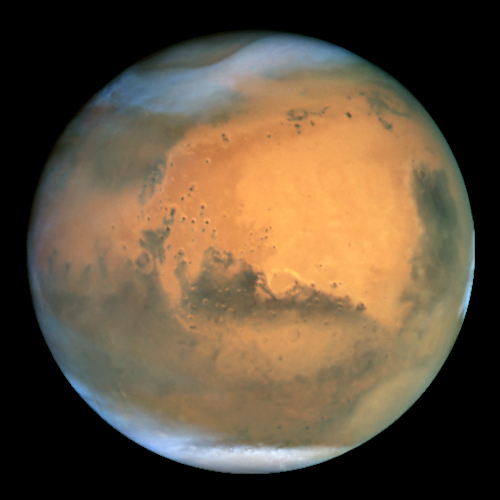
All things considered, space travel to Mars is less risky than doing nothing
Consider this! By taking the negative option by merely doing nothing, we can be assured of a delivery of an Earth impacting comet or asteroid in a timely fashion. We have the means to do something about it, so we can take action other than taking the negative option of doing nothing but waiting and hoping for the best. By merely waiting, we can learn just how dangerous it can be just to stay put. Given the consideration that the dinosaurs met their fate when an impactor put them to extinction, we need to wake up to the fact that the human race can meet the same fate as 99 percent of all species that ever lived; extinction! We now have the means to extend our reach into space and increase our chances of survival. Yes, space travel is dangerous; but, is it any more dangerous than just sitting and waiting for the next species destroying event? Recall that in the early days of sea travel, trips were exceedingly dangerous and long most of the time, but we succeeded in the face of that danger until sea travel was usually routine, safe and fast. With any great venture comes risk, but also the chance of a great success.
Space travel to Mars is not too dangerous when you consider by just doing nothing but waiting for a great civilization destroying catastrophe is also just as dangerous. We have to decide, is the inevitable loss of a few explorers more unacceptable than the loss of as multitude of species including ours? The recent cancellation of the Constellation Program is a shortsighted catastrophe in the making. This considered, we now turn our attention to the great quest that lays before us; the colonization of the solar system beginning with a space station, the moon and Mars. We already have an International space station, which is a perfect jumping off point. We have the knowledge and have begun to use the space super-highway and we have the ability to exploit Earth crossing asteroids as proved with the Eros encounter and touch down.
One of the primary concerns for space travel these days is the lack of funds, especially with the collapse of the world markets of 2008. Though this does not directly reflect on the dangers of space travel, it can if cost cutting puts astronauts at risk. Also, if pressure is placed on astronauts to perform faster, this can result in disaster, such as the Challenger explosion that needlessly killed seven astronauts just because Reagan pushed the space shuttle launch beyond the window of safety.
The space station can be expanded and even nudged into a higher orbit. From here, we can build interplanetary space vehicles in Earth orbit by exploiting Earth crossing asteroids. There is enough material nearby to build an armada of space vehicles, space habitations like the I.S.S., buildings on asteroids and even on other moons and planets. With a few more advances, we can construct a space elevator which will lessen costs of launching into Earth orbit to a small fraction of what they are now. Yes, we are virtually at the beginning of the program, but the journey of a thousand light years begins with the first launch and that is now well behind us in historical experience. We need only to extend the program after thousands of successful launches.
Space is a risky environment and many of the situations on Mars are unknown, but we are rapidly learning more every day. Lately, NASA has found that there is permafrost just below the surface on much of Mars. This would provide water for growing purposes, drinking, heating and the manufacture of rocket fuel. Mars is also a rich place for iron, so that structures can be manufactured from local resources. The regolith of the moon contains water by chemical bonding and we have proven that we can extract water from moon dust by doing it to a sample on earth. A similar thing can be done on the Moon's or Mars' surface.
All too often we hear about the radiation hazards of deep space. Though true, we have just as many radiological hazards on Earth, and some of that by our own hand such as in the nuclear bombings that were done over Hiroshima and Nagasaki. Then there were decades of atmospheric tests and direct radiological experiments on unwilling hosts. We have as much to fear from radiation at our own hands as a stray cosmic ray burst in deep space. On Earth, a simple meltdown can spread radiological poisons all over the Earth. In space we can use shielding, just as we do on Earth to protect us. This can be done with a lot of mass or a magnetic field.
Micrometeoriods and space junk threaten to scuttle any space ship that crosses paths. On Earth we dodge bullets and careless drivers that can have the same end result. In space, micrometeoriod impact can be lessened by protecting with a thick shield of mass. Of course, such high mass ships have to be built in orbit or at Lagrange points L4 and L5 in the lunar orbit around Earth.
We have made many advances of late and there is a list of useful inventions that can be used in many space born applications. A recent invention of a paint on solar cell that works by using the infrared part of the spectrum. This new solar cell is ten times more efficient than conventional ones and can work in cloudy weather and in the dark, provided there is heat radiation. Talk about heat radiation, every living human being positively glows in the infrared part of the spectrum, so wast body heat can power infrared solar cells.
Ion drive rockets are a reality and can propel us at high speed, though this is accumulated over a long time. An ion rocket coupled with and infrared solar blanket will obtain enough power for long voyages. These have been used to probe comets and asteroids and some are still moving to their destinations in the solar system at speeds comparable to comets.
The avoidance of planned obsolescence is of utmost importance and there exists technology of all kinds that have proven long life. These would be ideal candidates for deep space missions. We cannot afford to have breakdowns; and if we do, they must be easily repaired; or as easily as can be done in a hard vacuum spacewalk.
New composite materials will allow the development of space elevator systems, not only for the Earth and Moon, but also Mars. These new composite materials can also be designed to lessen damage from micrometeoriod impacts in deep space. Some of these materials have allowed us to develop very compact high power magnets. These can be used in a large number of ways including for deflecting solar proton events and deep space radiation.
We will need to learn to recycle in a way such as we never have in the sum of history. Space is a perfect environment that will teach us in the ultimate of recycling. Consider nature. The natural world recycles everything. Nothing is left out of the loop. We need to copy that.
Is the risk of space travel to Mars too high? Consider the alternative! Not to do it is likely to be a higher risk.

